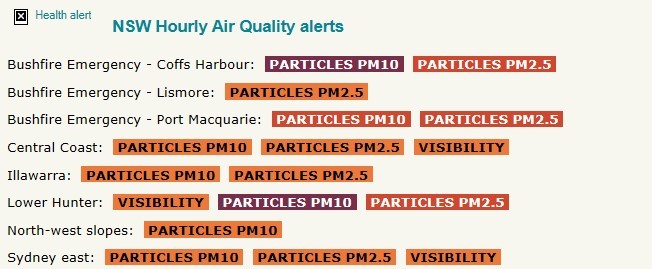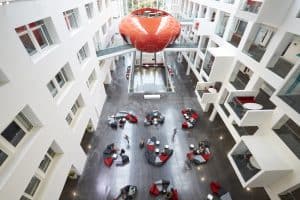
The second of a series of articles based on support from academics at the Australian Catholic University (ACU) focuses on the occupational health and safety (OHS) issues related to Working From Home (WFH), a situation that many Australians face at the moment.
SafetyAtWorkBlog put some questions on WFH to ACU and Dr Trajce Cvetkovski, senior lecturer in the Peter Faber Business School and below are his thoughts.


